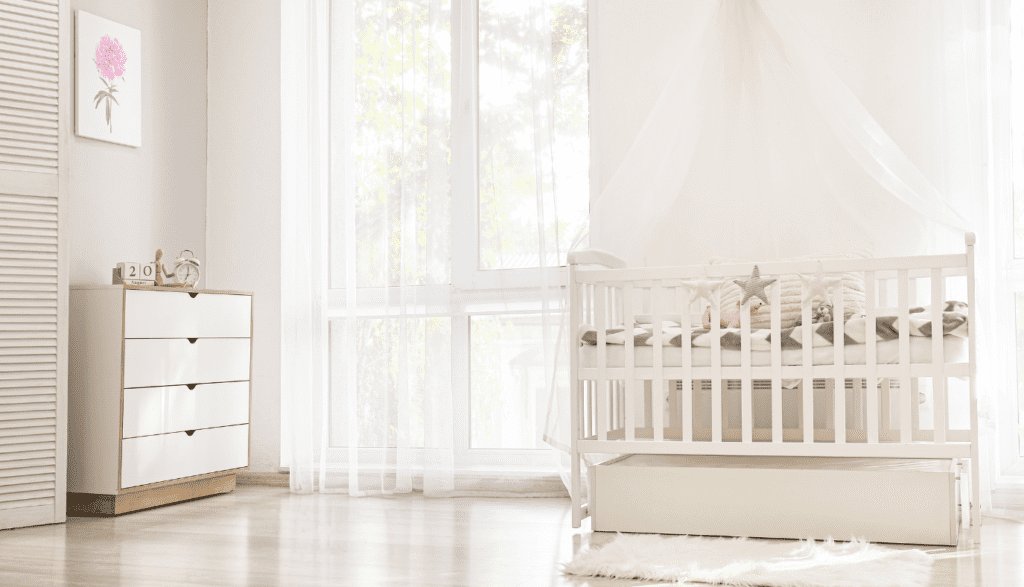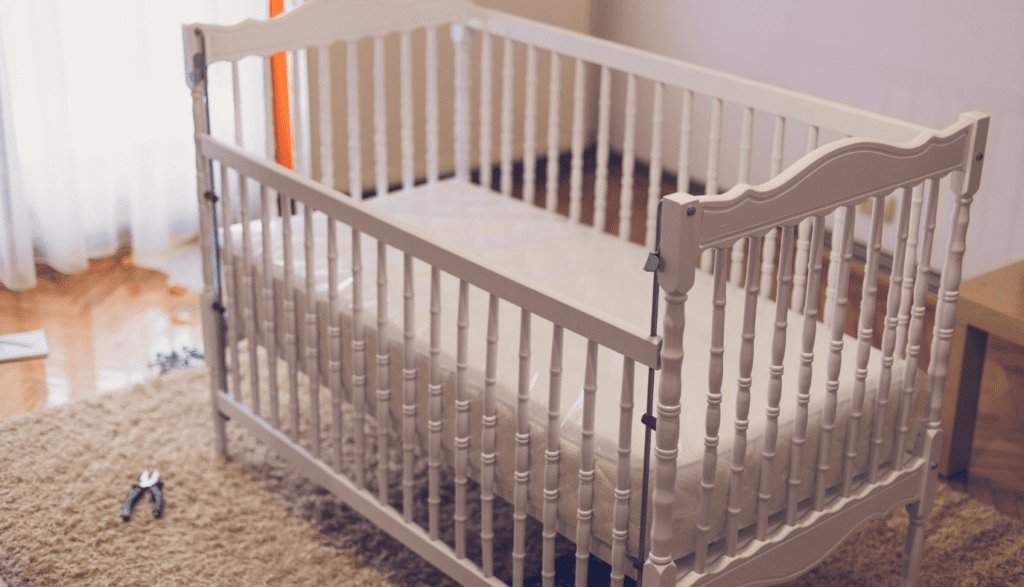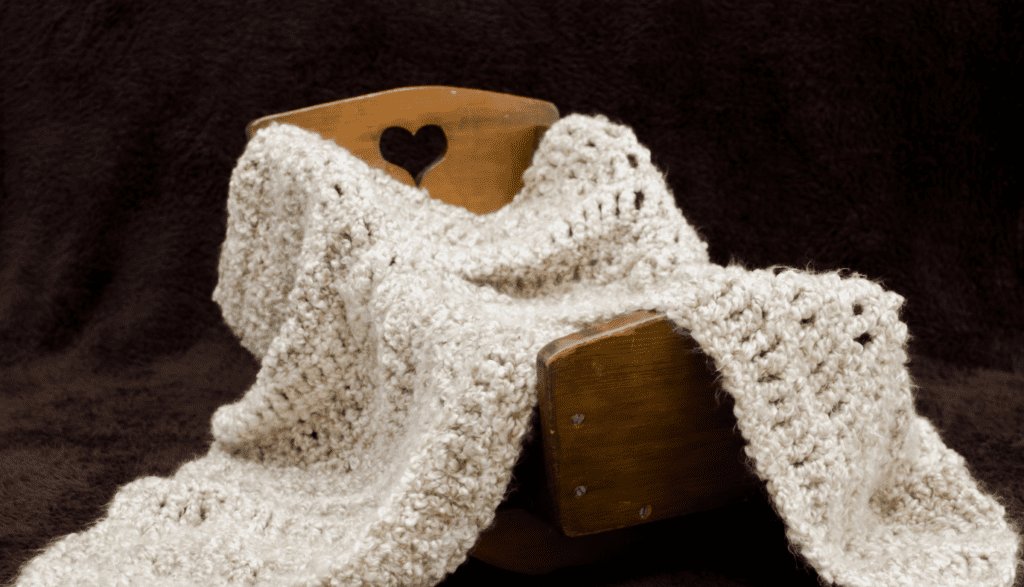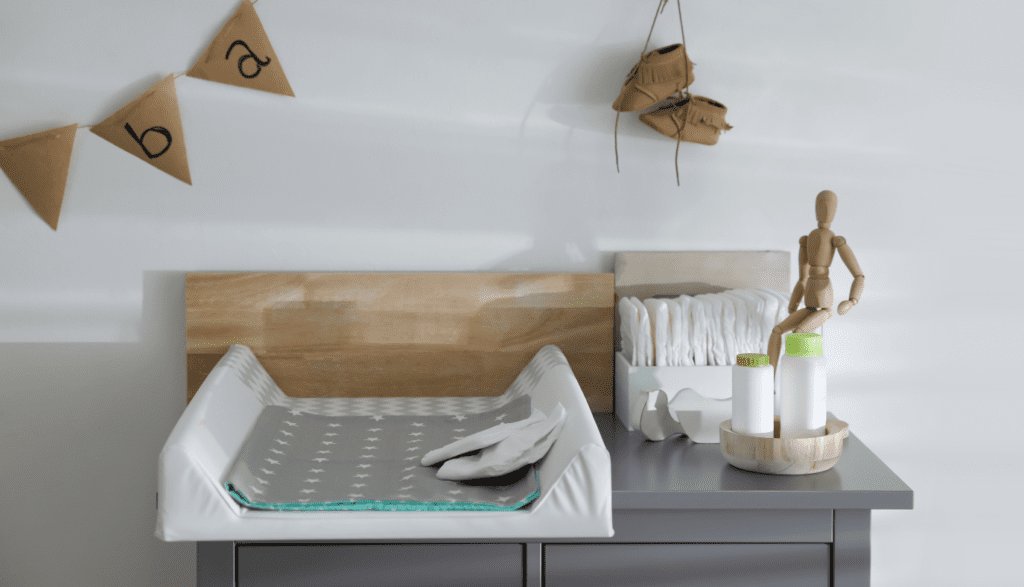10 Dangerous Infant Products to Avoid (And Safer Alternatives Parents Should Know)
Not all infant products on the market are safe. This guide reveals 10 common items parents should think twice about, why they’re risky, and what safer alternatives to use instead—because your baby’s safety comes first.
Heads up: This post may include affiliate links. As an Amazon Associate, I earn from qualifying purchases—at no extra cost to you. Full privacy policy and disclosure here.
Why Some Infant Products Aren’t As Safe As They Seem
Becoming a parent means being bombarded with products promising to make life easier. But not everything labeled “baby-safe” truly is. In fact, some popular infant products have been recalled, banned, or linked to injuries and fatalities.
This post outlines 10 potentially dangerous infant products, backed by safety reports and pediatric advice, plus smart swaps to keep your baby safe without sacrificing convenience.

1. Inclined Sleepers
The risk: Inclined sleepers have been linked to multiple infant deaths due to suffocation risks. Babies can roll into unsafe positions, especially before they can roll back.
Safer alternative: A firm, flat mattress in a crib, bassinet, or play yard that meets current AAP safe sleep guidelines.
→ Shop a highly rated bassinet with breathable mesh sides (Amazon)
🧷 Related post: 9 Ways To Help Protect Your Baby From SIDS
2. Crib Bumpers
The risk: Soft bedding, including crib bumpers, increases the risk of suffocation, strangulation, and SIDS. These are now banned in several countries.
Safer alternative: Keep the crib bare. All your baby needs is a fitted sheet on a firm mattress.
3. Infant Walkers
The risk: Infant walkers have been involved in thousands of injuries. Babies in walkers can fall down stairs, reach for dangerous items, or tip over easily.
Safer alternative: A stationary activity center or exersaucer is a safer way for babies to explore upright play.
→ Explore a pediatrician-approved stationary jumper (Amazon)

4. Magnetic Toys for Infants
The risk: High-powered magnets can be deadly if swallowed. While these are marketed to older kids, they often end up in younger siblings’ hands.
Safer alternative: Stick to large, one-piece baby-safe teethers and soft toys designed for 0–12 months.
→ Safe teether with high ratings and no choking hazards (Amazon)
5. Used Car Seats
The risk: Car seats expire after about 6–10 years. Older or second-hand seats may have been recalled or involved in accidents without visible damage.
Safer alternative: Always buy new or verify the history and expiration date. Register your car seat to be notified of recalls.
6. Sleep Positioners
The risk: These “anti-roll” pillows are marketed to prevent flat head or reflux but pose a serious suffocation hazard. They are not approved by pediatric associations.
Safer alternative: Supervised tummy time and repositioning during awake hours help prevent flat head without the risk.
7. Baby Neck Floats
The risk: These popular for-bath devices can cause drowning or strangulation. The FDA has issued warnings about their use.
Safer alternative: If you want water fun, use a baby bath seat with supervision or do skin-to-skin bonding in the tub.
→ Simple, safe baby bath seat option (Amazon)

8. Crib Tents
The risk: Marketed to stop climbing or pets, these tents have been associated with entrapment and strangulation.
Safer alternative: Move to a toddler bed once your baby climbs out, and secure the room instead of the crib.
9. Overly Warm Clothing or Blankets
The risk: Overheating during sleep is a known SIDS risk. Bulky layers or loose blankets can be dangerous.
Safer alternative: Use wearable sleep sacks that provide warmth without blankets.
→ Breathable, TOG-rated sleep sack (Amazon)
10. Essential Oils Around Infants
The risk: Many essential oils are too strong for babies and can irritate airways, trigger breathing issues, or cause skin reactions.
Safer alternative: Skip diffusers around babies and consult your pediatrician before using any oil topically.

What Should You Look for in Infant Products?
Choosing safe infant products doesn’t have to feel overwhelming. Use this checklist:
- ✔ Meets JPMA or CPSC safety standards
- ✔ No small parts or magnets
- ✔ Firm, flat surfaces for sleep
- ✔ No cords, loose ties, or plastic bags
- ✔ Designed specifically for your child’s age range
👜 Related: What To Pack in a Diaper Bag for a Newborn
👶 Check out: Top 10 Food Ideas for 4 Month Old Baby
Safe Shopping Tips for New Parents
- Register your baby gear: This ensures you get recall alerts.
- Read reviews and recall lists: Always check the CPSC website before buying gear.
- Prioritize function over gimmicks: If it looks flashy but doesn’t meet safety basics, skip it.
- Keep it minimalist: Less is more, especially when safety is your top concern.
🍼 Planning for baby #2? Read: How to Prepare for a Second Baby
💡 Simplify your registry: 17 Must-Have Minimalist Baby Registry Items
FAQ: Infant Products & Safety
What infant products are banned in the U.S.?
Inclined sleepers and crib bumpers have been banned due to their role in infant sleep-related deaths. Always check the CPSC for the latest bans and recalls.
Are baby walkers legal in Canada or the U.S.?
Canada has banned infant walkers entirely. In the U.S., they are still sold but strongly discouraged by pediatricians due to safety concerns.
How can I check if an infant product has been recalled?
Visit the Consumer Product Safety Commission (CPSC) recall page and enter the product name or manufacturer.
What’s the safest way for babies to sleep?
On their back, on a firm mattress, in a crib or bassinet with no soft items or bumpers—this follows the American Academy of Pediatrics’ safe sleep guidelines.
Can I use second-hand baby items?
Some are fine (like clothing or hard plastic toys), but avoid used car seats, cribs, and anything that might have been recalled or weakened with age.
Final Thoughts: Keep It Simple, Keep It Safe
There’s a lot of pressure to buy every gadget and gimmick marketed to new parents. But when it comes to infant products, less is often safer. Stick to the essentials, do your research, and always prioritize your baby’s wellbeing over trends.
📌 Loved this post? Save it on Pinterest!
💬 Have questions or want to share a product experience? Drop a comment below!
